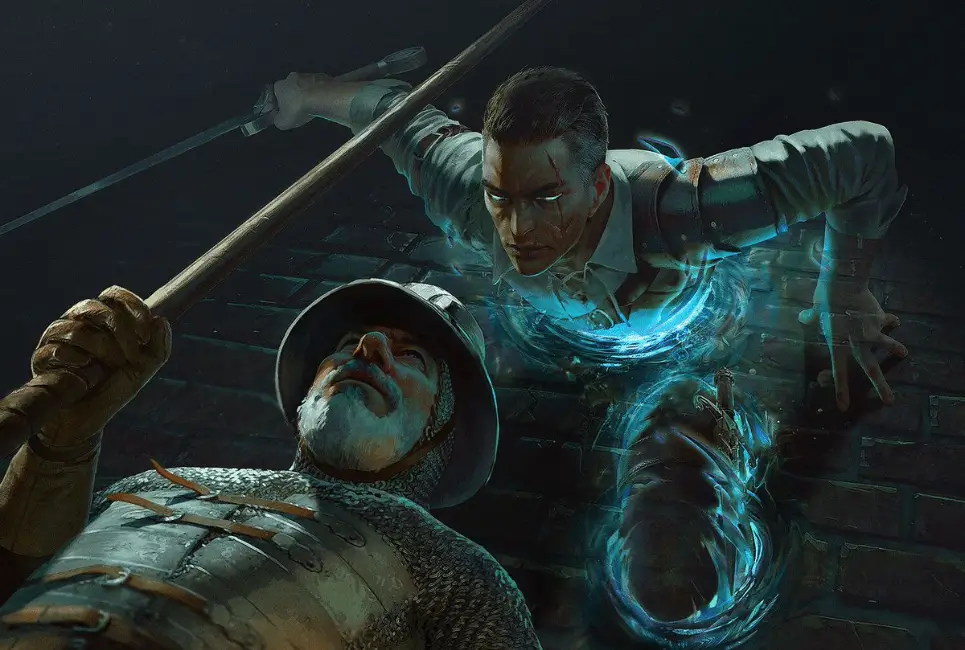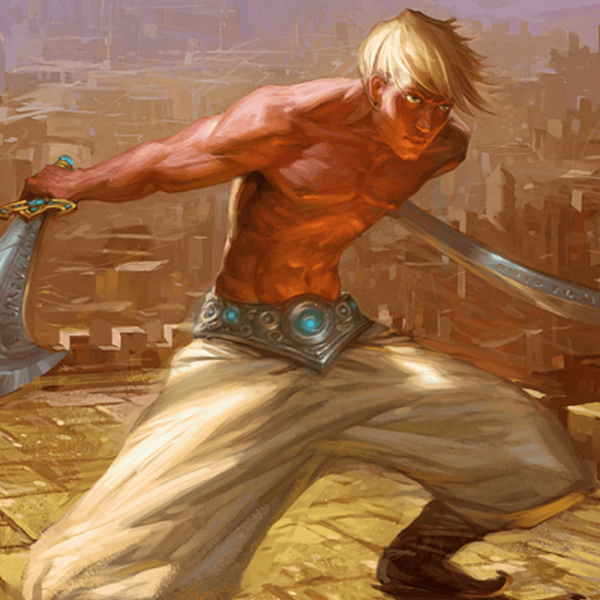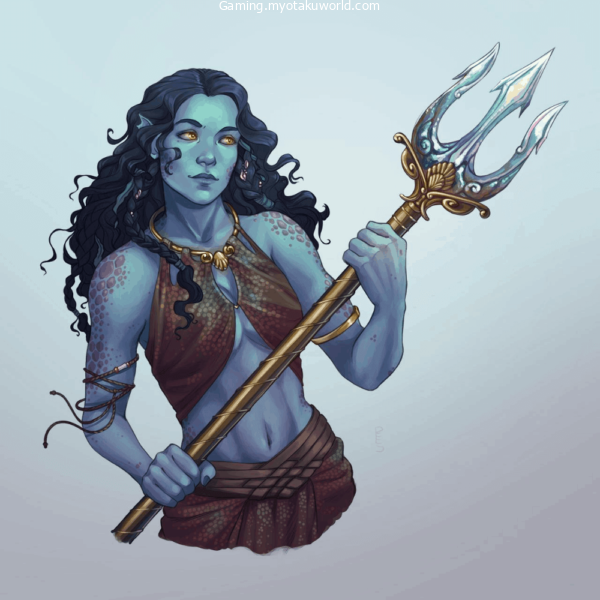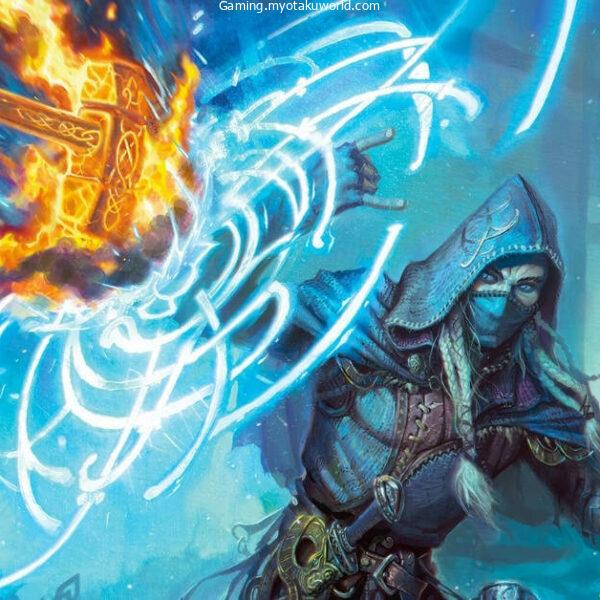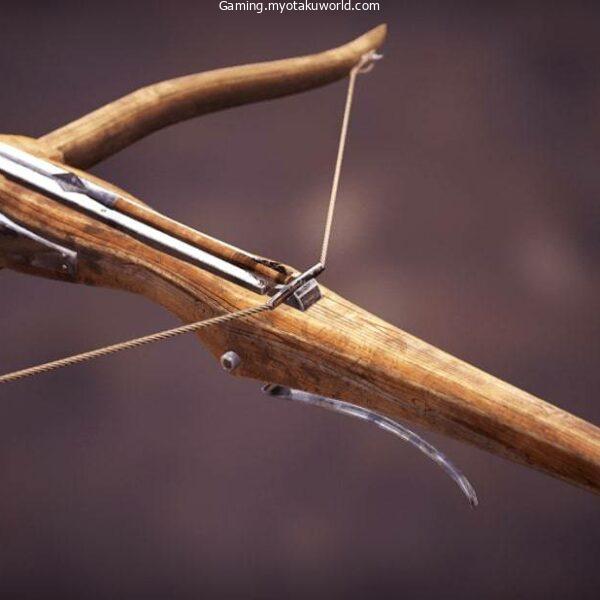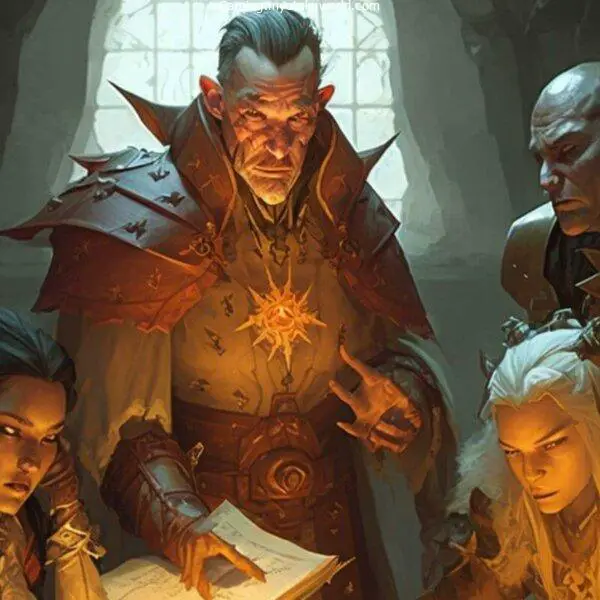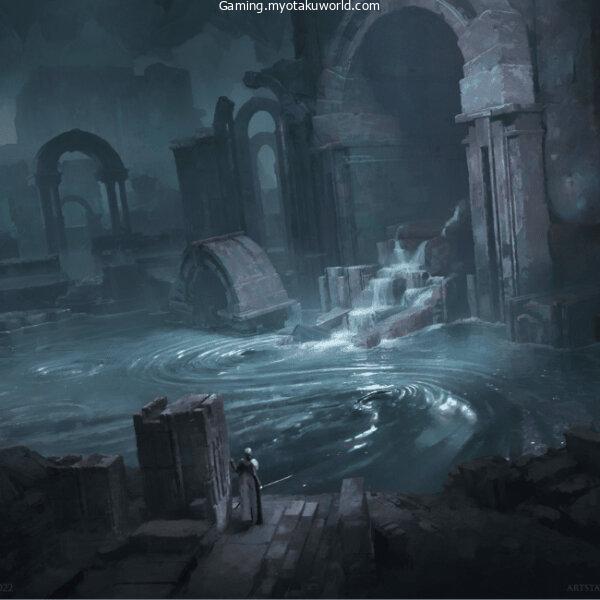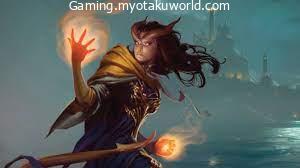In D&D 5th Edition, the Rogue is a fun striker class to play because it has more damage dice, can sneak onto and off the battlefield, and has a lot of skill proficiencies that give them lots of roleplaying possibilities.
The Phantom Rogue 5e is a great Rogue subclass if you have played as a Rogue before or want to try out one of its more unique subclasses for the first time.
Welcome to our Phantom Rogue 5e Guide.
- Phantom Rogue Overview
- Ability Scores
- Backgrounds
- Skills
- Phantom Rogue Features
- Phantom Rogue Races
- Kenku
- Phantom Rogue Feats
- Phantom Rogue Equipment
- Common Magic Items
- Uncommon Magic Items
- Rare Magic Items
- How to Play a Phantom Rogue
- FAQs
- What is the Phantom Rogue subclass in D&D, and what makes it unique?
- What are the key features and abilities of the Phantom Rogue subclass?
- How does the Phantom Rogue’s Tokens of the Departed feature work?
- Is the Phantom Rogue subclass suitable for combat or more focused on utility?
- Can the Phantom Rogue subclass be customized to fit different character concepts?
Phantom Rogue Overview
- Book: Tasha’s Cauldron of Everything
- Feature Levels: 3rd, 9th, 13th, 17th
- Role: Striker, Face, Scout
- Important Abilities: Dexterity, Constitution
- Hit Die: D8
The Phantom Rogue takes the normal Rogue class and adds new features to it by letting the character talk to the dead.
This gives the class a unique feel and some fun features that change the Rogue and force players to change how they play.
Some players, however, find that the Phantom Rogue is a bit slow and doesn’t really get going until its level 9 feature.
So, if you want to play it, you should either expect that or talk to your Dungeon Master ahead of time to see if they would be okay with reworking the subclass a little to help it find its feet earlier in the game.
Ability Scores
As with most Rogue subclasses, Dexterity should be your most important ability. It’s very important to get your Dexterity as high as possible because it will boost your power, your ability to sneak, and your AC score.
I think you should work on your Constitution after your Dexterity. This will help you save against drugs or diseases and make sure you can take a few hits without dying, since most fights will be close-up.
What you do next will depend a lot on what your party needs. If you want to gather information for your party, Intelligence is a good choice. This is easier for you to do because you have a lot of skill proficiencies.
Wisdom can also help you find traps, keep enemies from surprising you, and tell if NPCs are telling the truth. Charisma can also help if your party needs help with a Face, which Rogues can do well if they are built for it.
No matter what the above three are, I think your dump number should always be Strength. You should use weapons with the grace trait.
This means that you won’t need them for damage, and putting points into them won’t help you in any other way.
Backgrounds
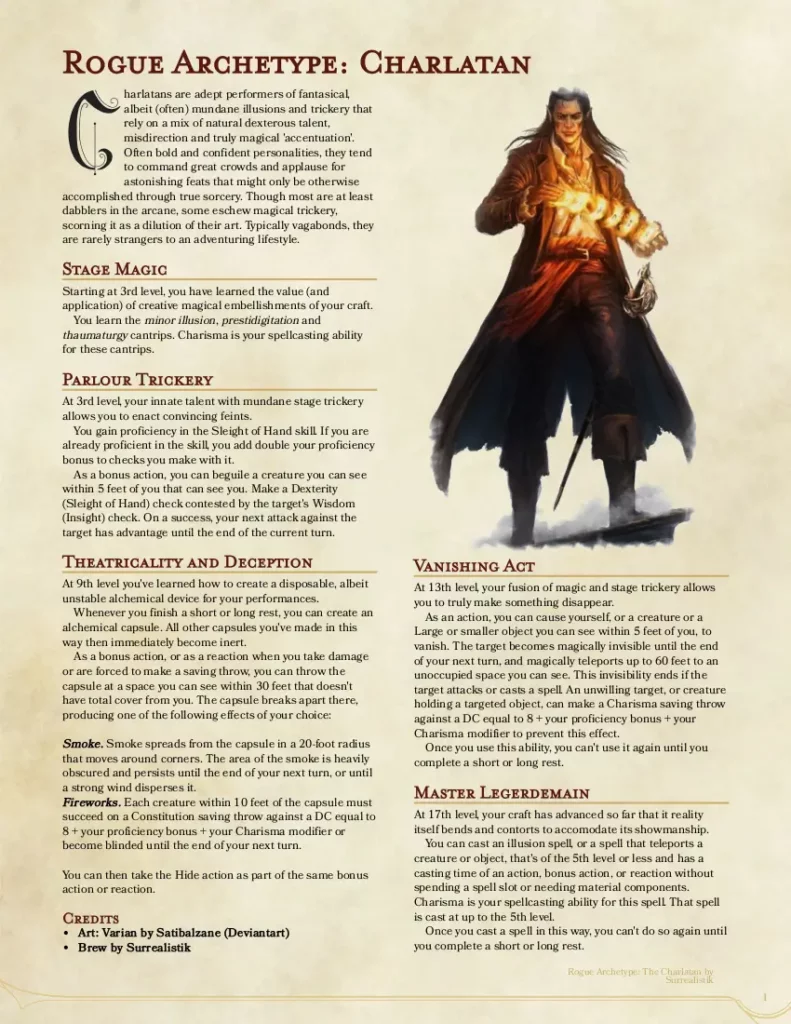
I suggest that when you choose a setting for your Phantom Rogue, you choose one that fits best with your character’s real history.
This helps you develop your character’s story and attitude more and can also help you choose between fewer options.
If you don’t want to lose your background, there are some choices that work well for Phantom Rogues.
Charlatan (Player’s Handbook)
The Charlatan is a good choice that lets you use two tool kits and two skills that Rogues will find useful.
I also like the Charlatan subclass for the Phantom Rogue because it works well with the taste of the subclass.
For example, your character could be a traveling psychic who helped people find peace after their loved ones died and make a lot of money doing it.
Even how much of what they did was real or fake can be hard to tell.
Cloistered Scholar (Sword Coast Adventurer’s Guide)
This training can help if you’re looking for skills in areas like Religion or History. It also gives you two more languages, which can help your party find even more ways to go on its adventures.
Courtier (Sword Coast Adventurer’s Guide)
This background can work well with the Phantom Rogue, but only if you want to fill a Face job for your party. If you don’t want to connect with NPCs, this background won’t help you much.
Criminal (Player’s Handbook)
This standard Rogue background makes you good at two toolkits and two of the most important Rogue skills, so you can focus on other class skills.
This background doesn’t fit as well with the Phantom Rogue’s personality, but it still makes sense since most Rogues like to steal things.
Urchin (Player’s Handbook)
From another background, you can use two Rogue skills and two tool kits well. This story works very well for almost every type of Rogue, but it doesn’t explain how your character started talking to the dead.
Skills

As a Rogue, you can choose four out of eleven different skill proficiencies.
Which ones you choose will rely on what you want your character and background to be like, but some are better or more useful than others.
Here are the Rogue’s skills in the order I think they are the most useful.
Stealth: Sneaking around unnoticed is a crucial part of being a Rogue, so it’s important to be proficient in staying hidden and slipping past enemies without a trace.
Perception: Having keen senses and being aware of your surroundings is valuable for any character, but for a Rogue, it’s especially crucial. Whether it’s detecting traps, finding secret passages, or staying alert to avoid surprises, a high Perception skill is a game-changer.
Acrobatics: Being nimble and agile is essential for a Rogue, and having proficiency in Acrobatics can be a real lifesaver. It allows you to navigate tricky terrain, scale walls, and reach inaccessible spots, both in and out of combat.
Persuasion: If you plan on taking on the role of the party’s smooth-talker, Persuasion is a must-have skill. Being able to convince others, negotiate deals, and charm your way through social interactions can greatly benefit your group.
Investigation: The art of gathering information is vital for many characters, and Rogues are no exception. Having good Investigation skills helps you uncover clues, decipher hidden meanings, and uncover secrets, making it a valuable asset in your toolkit.
Insight: Even if you’re not the party’s charismatic face, having Insight can be incredibly valuable. It allows you to read people, determine if they’re lying or hiding something, and helps you make informed decisions about who to trust. It’s especially fitting for characters with backgrounds like Charlatan, Urchin, or Criminal.
Deception: If talking your way out of situations isn’t your style, you can skip investing heavily in Deception. It’s primarily a skill for charismatic characters focused on manipulation and trickery.
Intimidation: Similar to Deception, Intimidation is useful for those who prefer to use fear and intimidation to get what they want. However, if this doesn’t align with your character concept, you can choose to prioritize other skills.
Sleight of Hand: While it may seem odd for a Rogue, Sleight of Hand isn’t as crucial unless your campaign heavily revolves around theft and pickpocketing. It’s situational but can be handy in specific scenarios.
Athletics: As a Phantom Rogue, your Strength stat is likely not a priority, making Athletics less useful. Unless your character concept specifically involves physical prowess and athletic feats, it’s generally a skill you can afford to pass on.
Remember, the skills you prioritize should align with your character’s playstyle, background, and the type of campaign you’re playing. Embrace the versatility of being a Rogue and choose skills that complement your unique approach to the game!
Phantom Rogue Features
The Phantom Rogue has some great traits that make it stand out from other subclasses. Tokens of the Departed, which comes out at level nine, is where it really starts to shine.
If you start playing the Phantom Rogue and find it too slow or weak at early levels, you should talk to your Dungeon Master about maybe getting that feature a bit earlier, with just a few small changes.
I’ve found that the best changes are to save the benefits it gives you for later and to move the level-3 feature “Wails From the Grave” to level-9, so that you don’t get everything at level-3.
Whispers of the Dead
- Level: 3
This tool is very useful and a lot of fun. It lets you learn a skill or tool you don’t already know how to use well at the end of a short or long rest by having a spirit of the dead teach you. When you use the skill to get better at something else, you lose the skill.
This is a strong feature because it lets you change your skills to fit any situation. This means you’ll never be caught off guard and will always have something to offer the rest of your group.
Wails from the Grave
- Level: 3
When you use your sneak attack dice to hurt someone with necrotic damage, Wails From the Grave lets you call on the dead around you to hurt someone else.
You can do this as many times as your proficiency gain per long rest. At higher levels, this can help you do a lot of damage.
To do this, when you hit a target with sneak attack damage, you can add half that number of dice to another target within 30 feet of you.
This function is slow at first, but it gets better as more sneak attack dice are added.
Tokens of the Departed
- Level: 9
This feature is what makes the Phantom Rogue what it is. It lets you put the souls of creatures that die near you in small items called Soul Trinkets.
You can carry as many trinkets as your proficiency bonus at once, and they all have different benefits, like giving you an edge on death saves. Just having a trinket on you gives you Constitution saving throws.
You can also use the power of these small items to do the following things. The first is that when you do a Sneak Attack, you can use an item to get one free use of Wail From the Grave right away.
You can also use an action to break an item, talk to the spirit inside it, and ask it a question. When you do this, the spirit will answer, but it doesn’t have to be honest and only knows as much as it did when it was alive.
Capturing spirit tokens can also make things more annoying for your dungeon master, so you should talk to them when you play this role.
This is because you get spirit tokens when a thing dies completely, not just when it gets to 0 hit points. This means that your DM will have to keep track of death saving throws for every enemy you fight.
I think it would be better to give you spirit tokens when a creature has no more hit points, but only for enemies with a CR above 0 so you can’t take advantage of the function.
Ghost Walk
- Level: 13
As a bonus action, Ghost Walk lets you partially cross over into the spiritual world and take the form of a ghost for ten minutes.
While in this form, you can move 10 feet per second and hover. Attacks against you are less effective.
You can also move through creatures and items as if they were difficult terrain, but if you end your turn in one, you take 1d10 force damage.
This ability can only be used once per long rest, or you can end it early with another bonus action if you destroy a soul item.
Death’s Friend
- Level: 17
This trait shows that your connection to the dead and the spirits around you is getting stronger. This helps in two ways.
The first is that your Wails From the Grave ability hurts both the first enemy you hit and the second enemy you hit after that.
The second benefit is that if you go to sleep for a long time without any Soul Trinkets, a close spirit will give you one when you wake up.
Phantom Rogue Races
In 5e, it’s important that you can combine any race with any category. But some races have traits and skill modifiers that make them better for some classes and subclasses than others.
For the Phantom Rogue, these are the best choices.
Bugbear
Book: Mordenkainen Presents: Monsters of the Multiverse
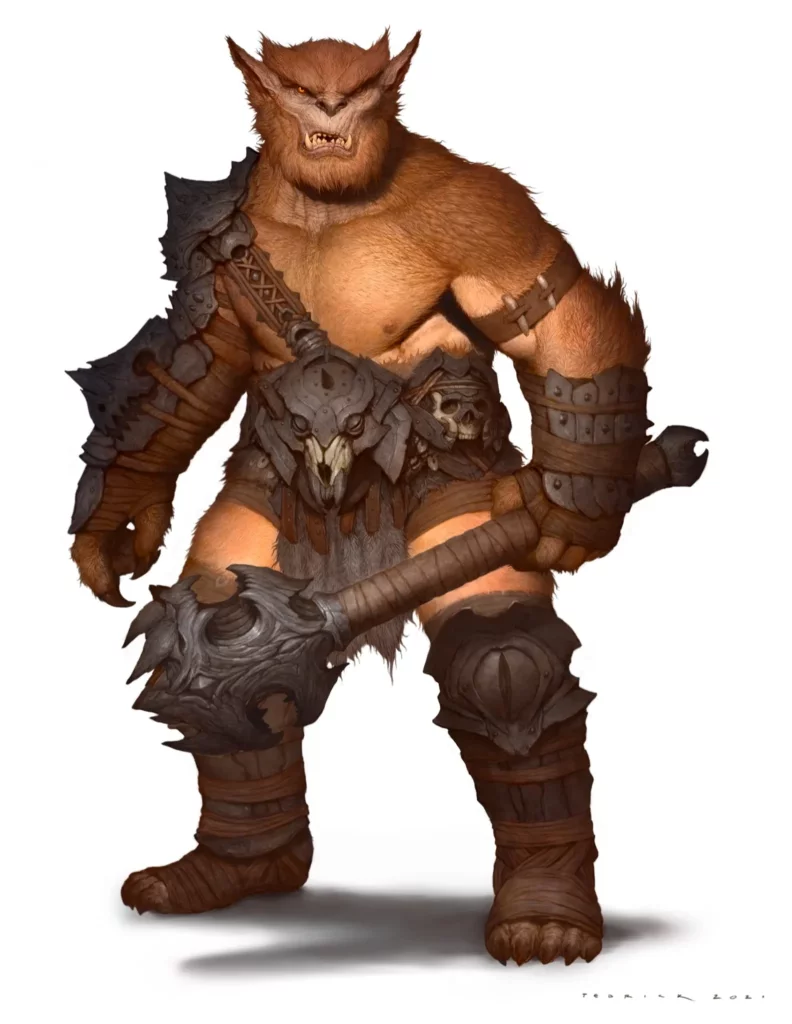
One of the best races for the Rogue is this Bugbear form. This is because the Rogue’s Sneak Attack and its Surprise Attack work well together to start a fight.
Its two-weapon fighting is even better because you can do two sneak attacks on your first turn. This lets you deal a huge amount of damage all at once.
Deep Gnome
Book: Mordenkainen Presents: Monsters of the Multiverse

This race has traits that make your natural Rogue skills better. These include Darkvision for 120 feet, free uses of Disguise Self to hide yourself from magic that can tell the future, and Svirfneblin Camouflage to make you sneakier.
This is my favorite race for all Rogues because it makes the Rogues’ base so much more effective.
Kenku
Book: Mordenkainen Presents: Monsters of the Multiverse
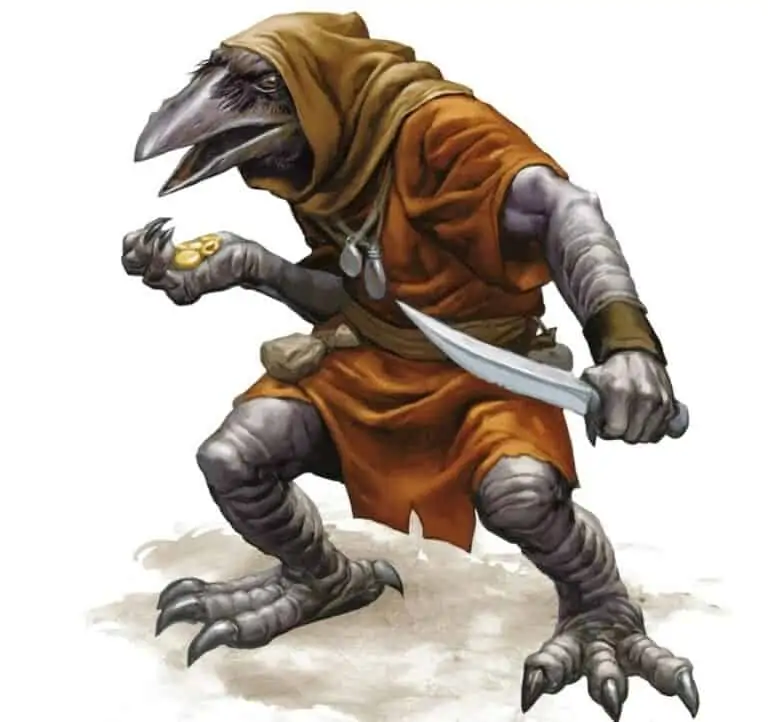
This race works best if you make your Phantom Rogue so that it can use as many skills as possible. It gives you two more skills and Kenku Recall, which is a great way to make sure your most important skill checks are successful.
Kobold
Book: Mordenkainen Presents: Monsters of the Multiverse
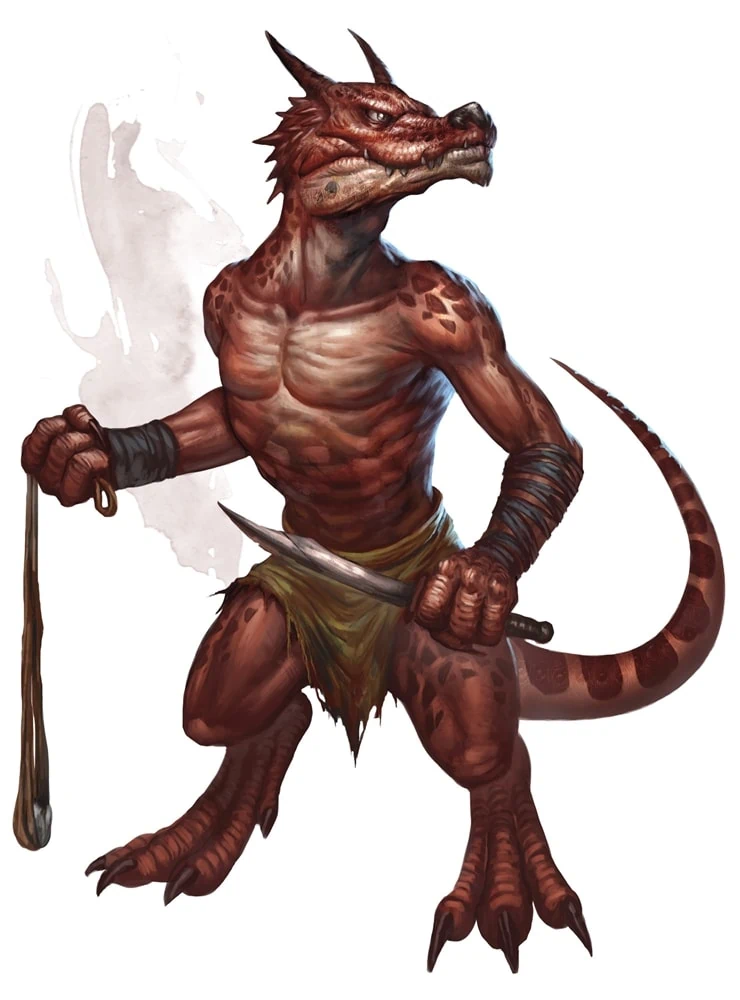
This race’s Draconic Cry lets you do even more Sneak Attacks, and Kobold Legacy lets you use Booming Blade, which is one of the most powerful spells for a melee-based Rogue.
Satyr
Book: Mystic Odysseys of Theros
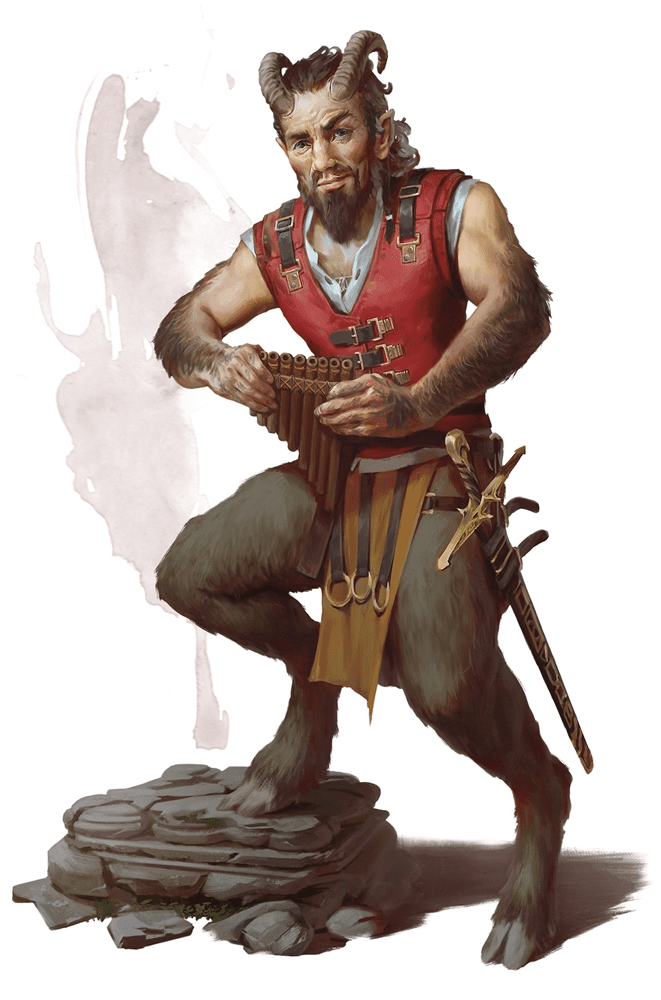
This race is a good choice because it raises your Dexterity and Charisma, gives you two free skills, and makes you resistant to magic.
These are useful for the Phantom Rogue, especially if you want to raise your Charisma to help out as the party’s Face.
Phantom Rogue Feats
By getting feats, players can make their characters more unique and help their skills become more specialized.
Some feats boost your ability scores, let you use magic, or give you access to completely new ways to play. I think these are the best things that the Phantom Rogue can do.
Alert
Book: Player’s Handbook
This feat increases your Initiative, making you more likely to go first in battle. This is good for all types of Rogues, but especially Phantom Rogues.
Dual Wielder
Book: Player’s Handbook
This feat is tricky to use because you shouldn’t use it to do more damage or increase your AC. Instead, you should use it to double the number of sneak attacks you can make.
Dungeon Delver
Book: Player’s Handbook
If your quest has a lot of dungeons, this feat will help you get the most out of your Rogue skills and get around the dungeons better.
Mobile
Book: Player’s Handbook
This is a great ability for Rogues because it lets you hit and run during fights. With this ability, you can run up to an enemy, hit them, and then quickly run away to avoid getting hurt.
So, if you have a low Constitution or AC, this one is especially good.
Piercer
Book: Tasha’s Cauldron of Everything
As a rogue, you’ll use this feat a lot because you’re more likely to roll low numbers with your sneak attack damage. This lets you often do the most damage possible.
Phantom Rogue Equipment
There are some essential pieces of tools you’ll want to get for your Phantom Rogue.
For your weapon, you should get either Daggers or Shortswords if you want to use two at once, or a Rapier if you only want to use one, which I suggest so you can use Soul Trinkets with your free hand.
You’ll start out with Leather armor, but you should get Studded Leather as soon as you can.
Once you have Studded Leather, you won’t need to look for armor longer. Instead, you should look for magic items that can replace your armor.
If we’re talking about magic things, here are some of the best ones for the Phantom Rogue in 5e.
Common Magic Items
Horn of Silent Alarm
Book: Xanathar’s Guide to Everything
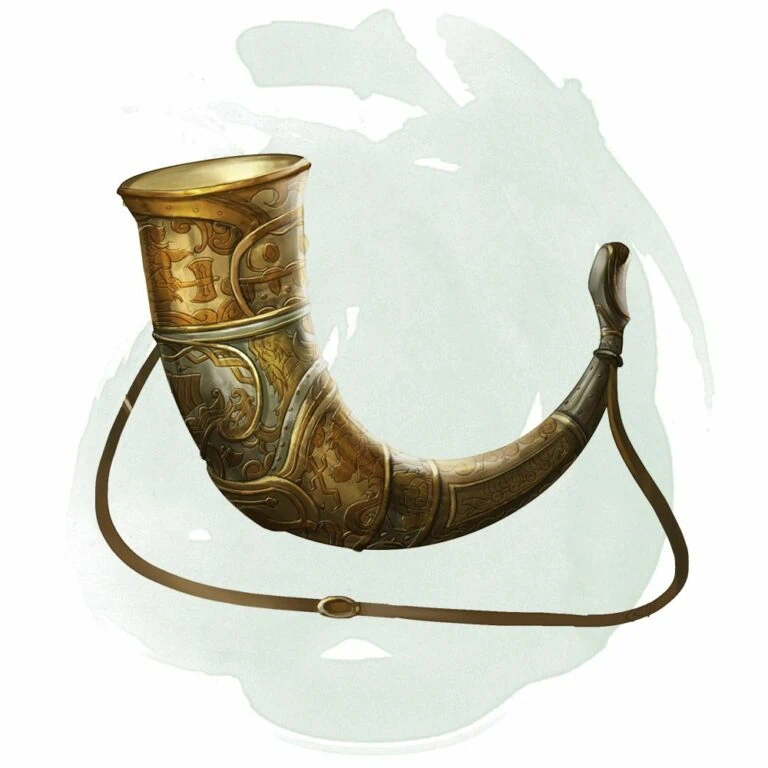
This is a great tool for scouts to use early in the game. It’s a simple, cheap way for them to send messages to the rest of their group.
Masquerade Tattoo
Book: Tasha’s Cauldron of Everything
This solid magic item works like the Hat of Disguises, but it costs less. It lets you use Disguise Self once a day for free, so you can sneak into places without using up a spell spot from someone else in your party.
Uncommon Magic Items
Cloak of Elvenkind
Book: Dungeon Master’s Guide

This is a must-have for players who use stealth. It gives you an edge on Stealth checks against vision and gives creatures that are trying to find you a disadvantage.
Eyes of the Eagle
Book: Dungeon Master’s Guide

This is the magic thing for you if you worry that enemies will sneak up on you. If you combine this with skill and Expertise in Perception, you will always know when an enemy is close.
Slippers of Spider Climbing
Book: Dungeon Master’s Guide
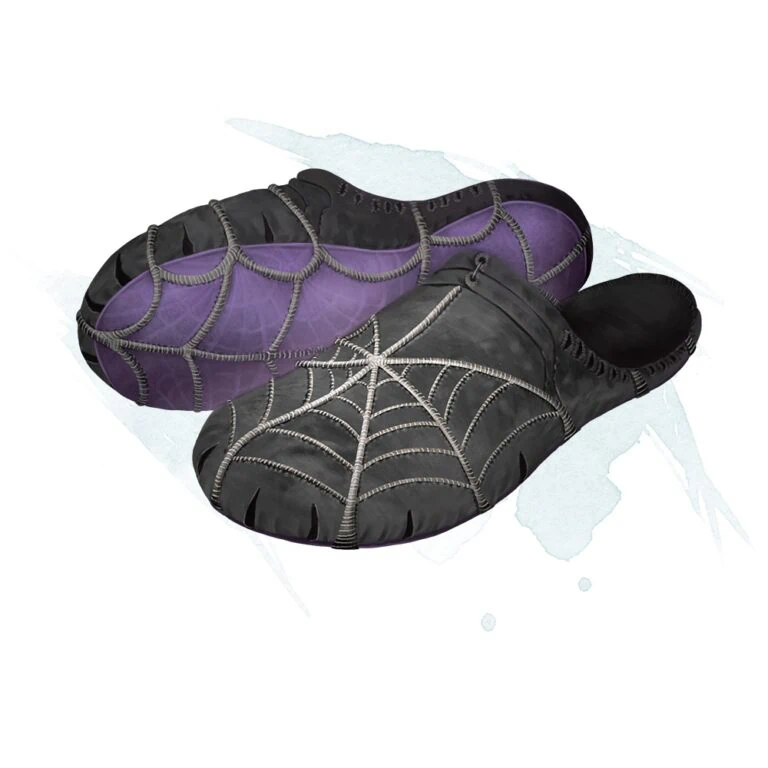
You can walk easily on any surface with these slippers, so you don’t have to roll checks to climb up the wall. It also gives you a lot of new ways to sneak around, like being on the roof at night.
Rare Magic Items
Amulet of Health
Book: Dungeon Master’s Guide
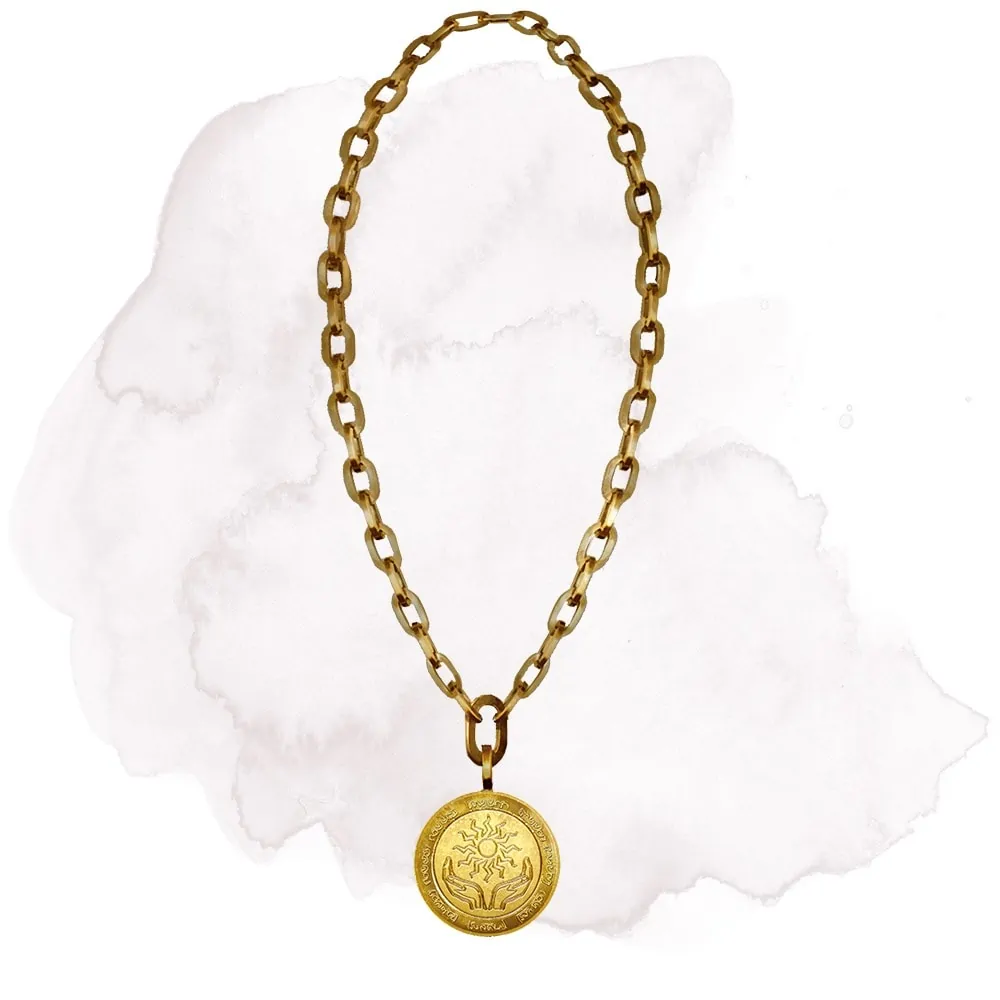
This item raises your Constitution to 19, which might be better for someone else in your party. But let’s say you can get it early on in your effort.
In that case, you won’t have to spend ability points on your Constitution, so you can get more of the above skills to improve your character in other ways.
Sword of Wounding
Book: Dungeon Master’s Guide
Even though the Sword of Wounding doesn’t do as much damage directly as a +2 weapon, it can be very useful for chipping away at the health of enemies that take a long time to kill. This is because it does an extra 1d4 damage per turn, which lets you add to the damage over time.
How to Play a Phantom Rogue
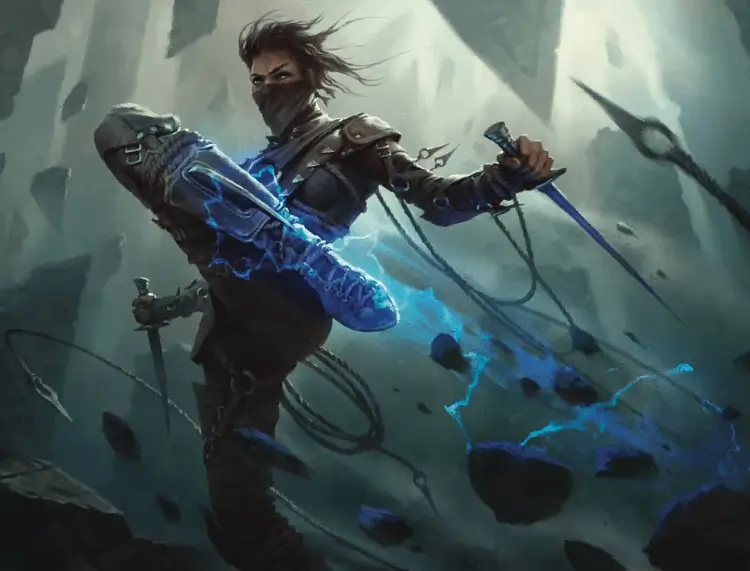
When playing a Phantom Rogue, you should try to give your character a different way of looking at the dead. I like to say that they don’t think of death as the end because they know that after death, people become ghosts.
It also helps to explain how your character came to be able to talk to the dead, which is a very odd skill in the Forgotten Realms. There are many ways to do this, but I suggest using your character’s history and chosen background to make it fit as well as possible with who they are.
For this, you should also talk to your Dungeon Master to find out what fits well with the scene and your character’s past. Then, you can use that to change how your character thinks about death and how they feel about it, as well as how they feel about themselves.
But your character’s link to death might make other characters uncomfortable. You should think about this when you talk to other characters and decide if you’re willing to use some of your powers in front of them.
Depending on how you build your character, you should also try to get the most out of your proficient skills, whether you’re the Face of the party, scouting ahead, or getting information.
This will give your character ways to talk to other people and be useful outside of battle, which will make them more interesting and help your whole group. You should also try to get inside the heads of important people, since you never know when being able to ask them a question will help move the story along.
Combat
When your character is in battle, the Phantom Rogue class really shines. At the start of a fight, or just before, you should try to start things off with a surprise move that does as much damage as possible all at once.
After that, you should try to get advantage as often as possible on your hits so you can keep rolling extra damage dice.
You can do this by moving around the battlefield with your Cunning Action without taking extra damage from strikes of opportunity. You can also use it to cover a lot of ground and kill the most weak enemies, like spellcasters and people who attack from a distance.
Since you can cover so much ground in a single turn, you can kill these high-value targets to get rid of them as quickly as possible and make them less important in the fight.
FAQs
What is the Phantom Rogue subclass in D&D, and what makes it unique?
The Phantom Rogue is a subclass introduced in Xanathar’s Guide to Everything. It specializes in infiltration, espionage, and manipulation, allowing players to harness ghostly powers and use them to their advantage. The subclass offers a distinctive playstyle focused on stealth, deception, and supernatural abilities.
What are the key features and abilities of the Phantom Rogue subclass?
The Phantom Rogue gains unique features such as Whispers of the Dead, which allows them to communicate with spirits and glean information from the deceased. They also gain access to the Tokens of the Departed feature, enabling them to collect and use spectral tokens for various benefits. Additionally, the subclass provides Phantom Steed, a spectral mount that aids in mobility and exploration.
How does the Phantom Rogue’s Tokens of the Departed feature work?
Tokens of the Departed allow the Phantom Rogue to gather spectral tokens from fallen creatures they encounter. These tokens can be used to regain hit points, enhance damage, or grant resistance to certain types of damage. The feature emphasizes the subclass’s connection to the afterlife and provides versatile options for resource management and tactical choices.
Is the Phantom Rogue subclass suitable for combat or more focused on utility?
The Phantom Rogue subclass excels in both combat and utility. With features like Ghost Walk, which grants temporary incorporeal movement, and Ghost Step, which enables teleportation between shadows, the subclass offers unique mobility options for both exploration and combat. Additionally, their Sneak Attack ability and access to spells further enhance their combat effectiveness.
Can the Phantom Rogue subclass be customized to fit different character concepts?
Absolutely! The Phantom Rogue subclass offers opportunities for customization and tailoring to different character concepts. You can flavor their ghostly abilities to align with your character’s backstory, such as being haunted by a specific spirit or having a connection to a ghostly organization. Additionally, multiclassing options can be explored to combine the Phantom Rogue’s unique features with those of other classes, allowing for even more diverse character builds.
